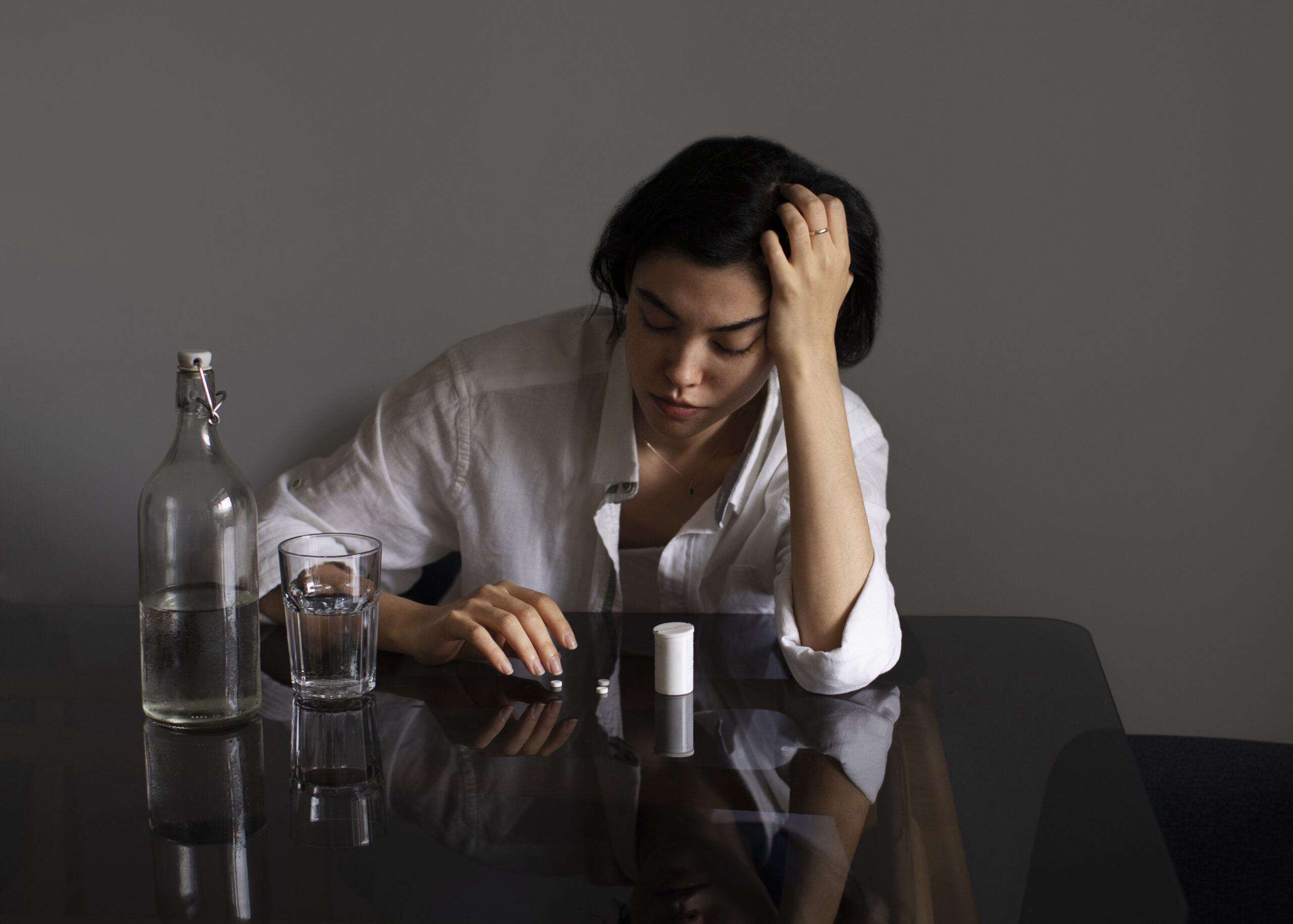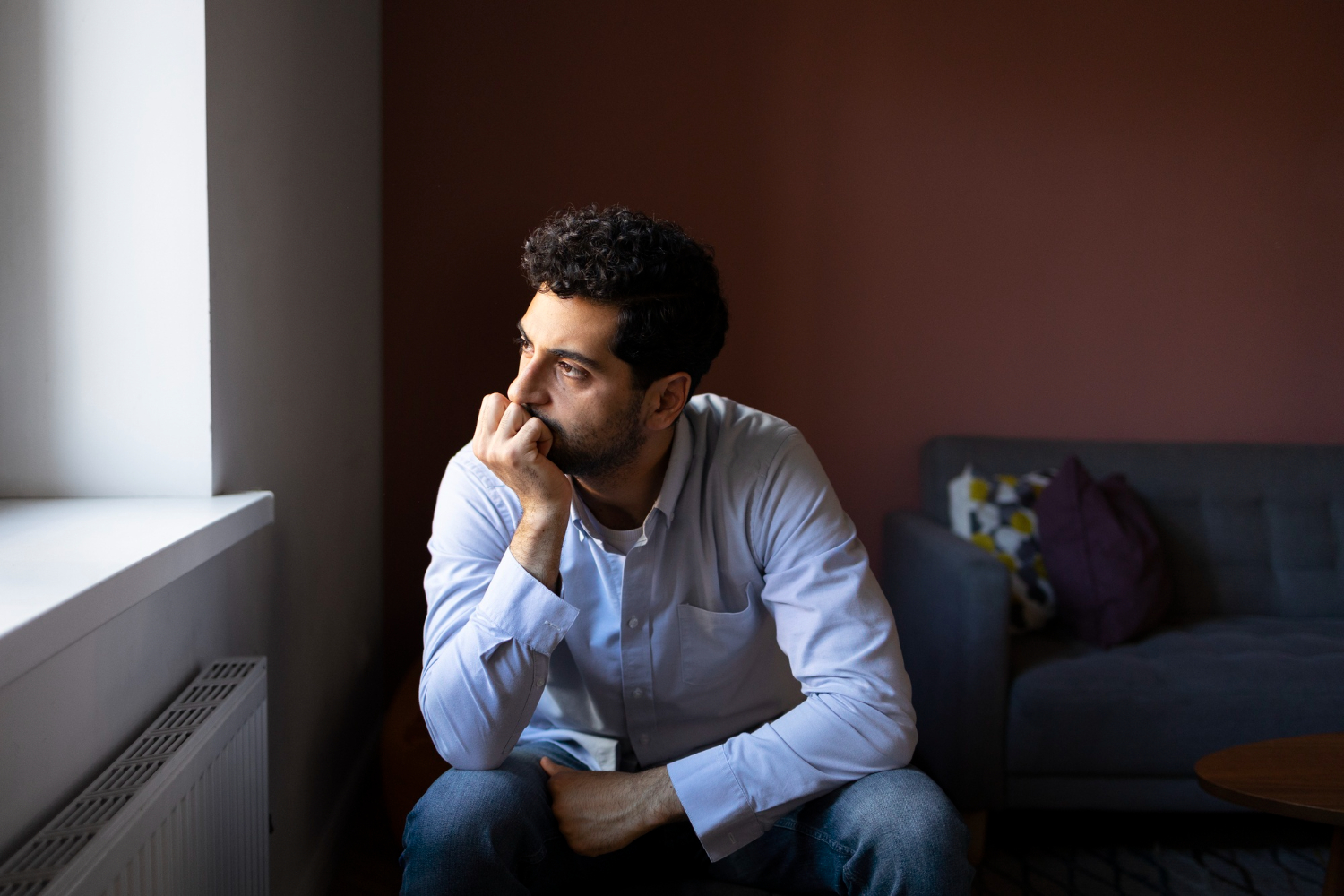It’s not unusual to adjust your antidepressant dosage, whether you’re starting a new medication or dosing up your current medicine after an extended period. Antidepressant dosages can change over time, and that’s no different when it comes to Lexapro. But, increasing the dosage of Lexapro medication from 5/10mg to 20mg can be a big decision, especially for those experiencing increased anxiety lexapro.
The Food and Drug Administration (FDA) has approved lexapro to treat generalized anxiety disorder in adults and major depressive disorder, which is commonly called depression, in adults and children ages 12 years and older.
There are many reasons behind dosing up, which differ from patient to patient. When you and your healthcare provider decide to increase your Lexapro dosage, knowing what to expect is essential. In this article, we will explore Lexapro and its uses, the reasons for increasing the dosage, increased anxiety lexapro, and other possible side effects to treat them.
Struggling with anxiety while on Lexapro?
What is Lexapro?
Lexapro, also known as escitalopram, is a prescription medication approved by the FDA to treat generalized anxiety disorder in adults. It falls under the category of antidepressants called selective serotonin reuptake inhibitors (SSRIs) and is available in both brand-name and generic forms.
This medication is commonly used to address depressive disorders, anxiety disorders, and other mood disorders. It’s essential to be aware of both the standard and severe side effects associated with Lexapro, as well as the potential for withdrawal symptoms upon discontinuation and the risk of overdose if taken excessively.
Lexapro Dosage
Lexapro Dosage is available in the following strengths:
- 5 mg
- 10 mg
- 20 mg
Your doctor will likely start you on a low dose if you are experiencing increased anxiety lexapro and adjust it gradually to find what works best for you.
- For major depressive disorder, the typical starting dose is 10 mg daily, possibly increasing to 20 mg if needed.
- Similarly, for generalized anxiety disorder, the starting dose is usually 10 mg daily, with a possible increase to 20 mg.
- Children aged 12 and older typically start with 10 mg daily, with a maximum dose of 20 mg.
Lexapro is intended for long-term use if deemed safe and effective for you and your condition. However, many people talk about their experiences with changing Lexapro doses, and it’s tough to separate fact from fiction.
Increasing Dosage on Increased Anxiety Lexapro ?
Lexapro, or escitalopram, belongs to the Selective Serotonin Reuptake Inhibitor (SSRI) family and is used to treat mood and psychiatric disorders like generalized anxiety disorder.
Your healthcare provider may adjust your Lexapro dosage to make sure you’re getting the most out of this medication to support your mental health. The following are the reasons:
Increasing Dosage:
If your depression symptoms persist or worsen and show increased anxiety lexapro, your provider may increase your dosage.
Decreasing Dosage:
If you experience common side effects such as dizziness, sweating, nausea, or severe, including increased anxiety lexapro, your provider may lower your dosage to keep you comfortable.
Consideration of Medical Condition:
The dosage may be modified if you have pre-existing medical conditions, such as kidney, heart, or liver disease, to avoid exacerbating those conditions.
Potential Drug Interactions:
Your healthcare provider will consider potential interactions with other medications you’re taking, such as SSRIs, SNRIs, or NSAIDs.
Individualized Treatment:
Treatment varies for each individual due to differences in brain chemistry, medication tolerance, and overall health.
Mechanism of Action:
SSRIs like Lexapro help maintain serotonin levels in the brain, reducing the struggle to stabilize mood.
Safety and Effectiveness:
SSRIs like Lexapro are considered safe and effective for depression treatment and are approved by the FDA.
Comparison with Other Antidepressants:
SSRIs are generally better tolerated than other antidepressants like MAOIs and TCAs.
So, the FDA has given the medications mentioned the thumbs up for treating depression. Unlike herbal supplements or illegal drugs that some might try instead, these medicines are known to be safe. So, adjusting the dosage of Lexapro is about finding that sweet spot where it works best for you with the fewest side effects, taking into account your unique needs and health conditions.
The Side Effects of Increased Lexapro Dosage
Lexapro is usually effective daily, ranging from 10mg to 20mg. If you’re on the lower end of this range and still experiencing overwhelming symptoms of depression or another mood disorder, your doctor might suggest adjusting your dosage.
However, it’s important to notice the signs of increased anxiety lexapro, especially when the dose is raised. These are the common side effects-
- Insomnia
- Anorgasmia or difficulty orgasming
- Nausea
- Sweating
- Fatigue
- Dizziness
- Lethargy
- Dry mouth
Your Path to Recovery Begins Here
Is Lexapro Safe at Higher Doses?
As we mentioned, there’s a safety limit to how much Lexapro you should take, typically around 20mg orally. However, overdosing on escitalopram can lead to severe complications like heart problems, blood pressure issues, and even serotonin syndrome, which can be fatal.
Symptoms of an overdose include dizziness, vomiting, nausea, drowsiness, seizures, rapid heartbeat, increased anxiety lexapro, and even loss of consciousness or coma. If you or someone else overdoses on Lexapro, seek immediate medical attention. These are serious matters, so if you suspect an overdose, don’t hesitate to call emergency services right away, especially if you notice symptoms like increased anxiety lexapro.
FAQS
1. Why is Lexapro making my anxiety worse?
Lexapro might initially make your anxiety worse because your body needs time to adjust to the medication’s effects on your brain’s serotonin levels. It’s like your system needs some time to get used to it.
2. Can Lexapro temporarily increase anxiety?
Yes, it can. Especially at the start of treatment, some patients might feel a temporary increase in anxiety. Your body reacts to the medication and usually settles down afterward.
3. What is the biggest side effect of Lexapro?
The most common side effects of Lexapro are things like feeling queasy, dizzy, or getting headaches. They’re usually not too serious, but they can be a nuisance for some patients.
4. How long does it take for anxiety to go away on Lexapro?
It varies from person to person. For some, it might take a few weeks to a couple of months for the anxiety to ease up on Lexapro.
How Relevance Recovery Can Help!
Navigating increased anxiety while on Lexapro requires a personalized approach. Understanding the reasons behind dosage adjustments, the potential side effects, and the importance of open communication with your healthcare provider can help you manage this challenge effectively. Remember, seeking professional support and exploring additional coping strategies can significantly improve your overall well-being.
Overall, dosing up has positive as well as negative side effects like increased anxiety lexapro and includes various reasons. It signals a need for a broader, more holistic approach to your mental health. If Lexapro isn’t delivering the results you hoped for, it’s essential to discuss this with a mental health professional or healthcare provider.
Finding the perfect dose and medication often takes time. Your healthcare provider will set expectations, such as the medication taking weeks to work and side effects coming and going.









